Your Cart is Empty
Free Shipping on Orders over $55
Pristine lands, select plantations, slow roasting and 90 years of experience come together in the exceptional flavour of Carraro coffee.
For us, coffee means both tradition and innovation. Our company has been on a quest for quality since 1927. We combine the culture and taste of great master roasters with cutting-edge production technology. The resulting coffee is an absolute delight to savour, with an aroma that gets more and more refined with every harvest, year after year. Caffè Carraro is built on all of this.
However, there are more than just slogans to this “taste” approach. For us, quality means daily routine, work and selection. Selection of the best origins for supplies of ingredients, selection of blends, selection of coffee processing methods and selection of partners.
An enthusiastic approach to work, knowing that you do it well and constantly striving to improve. These are the values that have made Caffè Carraro into the successful coffee roasting company that it is today.
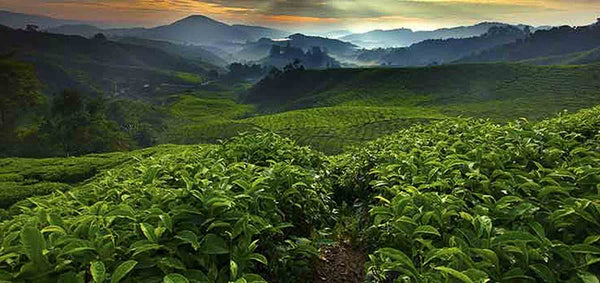
The plants must be monitored, nurtured and sprayed right from the time they start growing. They begin to produce fruit after three or four years and continue to do so for another 20 years.
Thanks to the stable climate, the plants flower a number of times a year. The fruit is fully ripe and ready to harvest approximately six months after the plants flower. It is common to find both flowers and cherries at very different stages of ripening on the same plant, because the plants flower after each rainfall. This can create significant problems when it comes to harvesting the fruit and ensuring that the quality of the products remains consistently high.
At Caffè Carraro, we only select coffee that has reached the ideal level of ripening. It is the only way to meet the standards that we set and that customers expect from our blends.

There are two types of harvesting: picking and stripping.
Picking is a completely manual process that guarantees better average product quality. The cherries are picked by hand and only perfectly ripe red ones are chosen.
The stripping process is much faster. Entire bunches are stripped from the plants by hand or with special machines. The fruit falls on the floor and is gathered very quickly. As entire bunches are stripped from the plants when this technique is used, unripe and overripe cherries also end up in the basket. By coming into contact with the ground, they are more likely to be contaminated with bacteria, which can cause fermentation and a clear drop in quality.
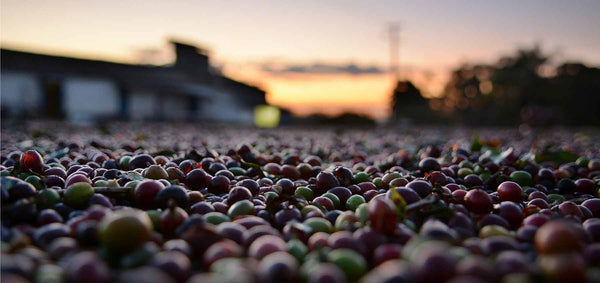
After the fruit has been picked very carefully, it is weighed and sorted again so that any unripe or substandard cherries can be removed, along with stones, leaves and twigs. It is then possible to start separating the seeds and the pulp, which can be done in two different ways:
The dry process is used to make “natural” coffee. It involves drying the cherries in the sun for a number of days. The fruit must be moved frequently because it is approximately 60% water.
The wet process is used to make “washed” coffee. Wet processing is only possible with fruit that has been selectively picked. The cherries must have reached the right level of ripeness, thus ensuring that the pulp is tender and the seeds can be removed easily. The fruit is removed from the cherries using either drum or disc machines, both of which squash the cherries between a rotating part and a fixed blade. Once the pulp has been stripped away, the beans are sieved and washed.
Both of these processes help to remove the remnants of the pulp and skin. After the washing stage is complete, the beans will have a moisture level of over 50%. It needs to fall to 12%, so they have to be dried. To promote the drying process, the coffee beans are turned continually. This drying method is preferable to machine drying because it produces better quality coffee.
Natural drying takes between one and three weeks. Once they have been dried, the beans are bagged and sent to processing centres or warehouses, where they undergo a final hulling procedure to remove the parchment skin, either immediately or before they are loaded. Finally, the very best coffee is sent to Schio in traditional 60 kg jute bags.
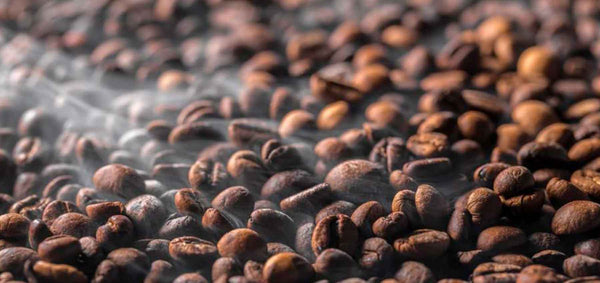
During the roasting process, green coffee beans are heated. High temperatures bring about a number of chemical reactions and significant physical changes in the green coffee beans and the substances that give coffee its unmistakeable aroma are made volatile.
Modern roasting systems are convection based: the heat energy comes from hot air flows. It is a way of ensuring that the beans are evenly roasted both inside and outside, thus guaranteeing that they undergo all of the chemical and physical transformations that are essential for producing exceptional roasted coffee.
At Caffè Carraro, we use roasting machines with slow, flexible and completely automatic cycles for optimum, tailored aroma formation and caramelization of the sugars in every single origin of coffee.
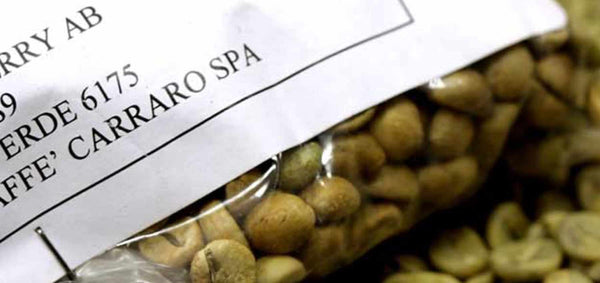
This is the first step and it lays the foundations for making top quality products. All of the consignments of green coffee beans at Caffè Carraro are bought following pre-selection of samples that are representative of each whole batch. Every morning, the “Master Tasters” analyse the samples that arrived the previous day from the countries of origin. Only the best batches are selected and purchased.
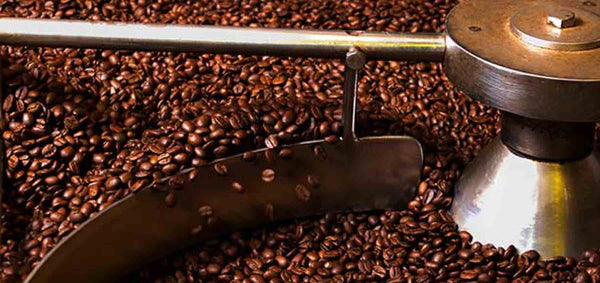
This is the most delicate production process and it plays the biggest part in establishing the “flavour of the coffee”. Carraro has chosen to use flexible, completely automatic roasting machines with slow cycles for optimum, tailored aroma formation and caramelization of the sugars in every single origin of coffee.
Each origin has its own distinctive features: in order to ensure that every single bean is roasted as well as possible, Caffè Carraro has chosen to roast coffee from each place of origin separately before blending the aromas and flavours of the different origins. However, all of this is only done after it has been left to mature for a suitable period in a storage area with more than 45 silos.

After it has been roasted and washed again, the coffee is left to mature for a few days in 47 silos with an overall capacity of 154 tonnes. It is then blended using the recipes created by the “Master Tasters” and sent for grinding and packaging.
Constant monitoring of the grind size and closed loop transport with aroma recovery keep the products as fragrant as possible. Vacuum packing or packaging in a modified atmosphere with inert gas (nitrogen) keeps the flavour and aromas fresh over time.